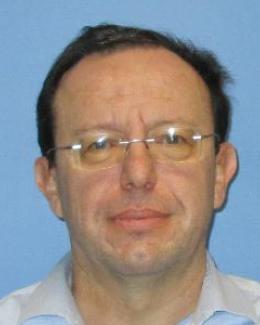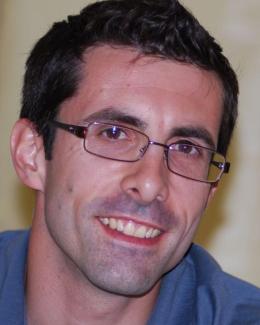Abstract
R-matrix theory is used to describe nuclear reactions in the resolved resonance region. It uses information on bound states and low energy resonances to accurately parametrize cross sections on the resonances as well as the non-resonant background. Since the seminal work of Lane and Thomas (1958), the approach has been widely used to analyze experimental cross-section data in a broad range of fields spanning nuclear reaction dynamics, nuclear astrophysics, ion beam analysis and their applications. Different R-matrix codes have been developed and used in these different applications with very little communication among the developers or practitioners on the capabilities, achievements or limitations of the codes. A limited comparison among three R-matrix codes on neutron-induced reactions was performed by the International Atomic Energy Agency (IAEA) International Evaluation of Neutron Cross Section Standards project (2007). Since then, significant progress has been made in their implementation of the R-matrix algorithms, and R-matrix codes have enhanced capabilities. In this paper we present, for the first time, the results of a comprehensive effort to verify the most widely used R-matrix codes in the various fields of nuclear science and applications: AMUR, AZURE2, CONRAD, EDA, FRESCO, GECCCOS, and SAMMY. In addition to the description of the capabilities of the codes and their specifications, we discuss the results of a joint exercise which was coordinated by the International Atomic Energy Agency. The aim of the exercise was to compare calculations of charged-particle reaction cross sections for the light composite system 7Be. The calculations were performed by the codes using identical input R-matrix parameters and other specifications and were limited to charged-particle channels.



